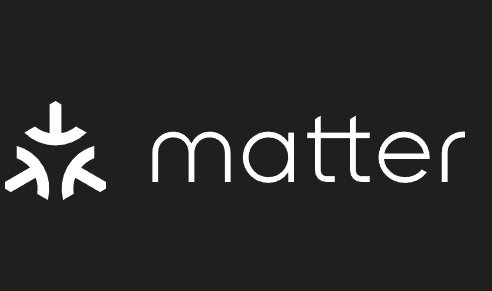Inter connecting smart home devices matter
/Do you have whole bunch of “smart” home devices that don’t feel that smart? I’m talking about your Alexa not talking with your Google nest and cool smart tv from Samsung not so different from the old tv you had. The current landscape of smart home technology is very very fragmented - with separate camps for Amazons and Apples of this world and every other day a new player coming up with device for some existing camp or starting a new camp altogether. It’s confusing for the users and it’s bad for everyone. Why can’t these smart devices talk with each other? Why can’t I just tell Alexa to switch off my Samsung TV? Why cant these devices actually be a smart home. Well the short answer is obviously that these are from different and competing companies. But things are not so bad, a new standard for communications is emerging fast that most of these big players are signed up on and we hope very soon we’ll have a new generation of devices that can really talk with each other and be bit smarter!
The Matter
Competitors Apple, Google, and Amazon are joining forces to make an open-source smart home standard called the Matter. The goal of this standard is for smart devices to work together, making innovative apps around these smart devices simpler and to maintain security without compromising usability.
“You will then have the power to choose how you want to control your homes, independent of which smart home technology you choose. Smart home devices will be compatible with various platforms, so you can choose between Google Assistant, Amazon Alexa, Apple Siri or other platforms. ”
This standard will enable supported smart home device to talk with each other, regardless of which smartphone or voice assistant you’re using or which type of device you running the command on. All the major smart home device manufacturers are on board with the big boys and there is a lot of excitement around what’s possible. Here’s a quote direct from Google: “choose between Google Assistant, Amazon Alexa, Apple Siri or other platforms”. Nice, isn’t it?
What’s Inside?
So what’s inside this Matter? Version 1 of the specification was published 4 October 2022 so we actually know a great deal about it now. We know that Matter will work with existing Wi-Fi and Bluetooth, so it’s essentially a layer on top of existing connectivity paths and will not replace them. Reports say that devices will likely have to support Wi-Fi, Bluetooth Low Energy, or Thread to comply. Implementation details will be up to the exact manufacturer - as long as they stay on the standard they are good. We also know from various press releases by the group that the initial trials will be on home safety devices like locks and smoke alarms.
The standard is an IP based protocol, but obviously the devices won’t necessarily be required to connect to the internet - a local IP network will work too depending on what kind of connectivity and feature the manufacturer is planning.
The Future is Connected!
The first device with matter in is coming pretty soon (November or December 2022).Ubysis from German wants to be the first to have a product with matter in place. Apart from them there are whole bunch companies that are early adopters, big names like Amazon, Assa Abloy (Yale), Eve Systems, Google, Huawei, Legrand (Netatmo), etc. are all in there. So the future looks really good for an interconnected world of smart home devices. However, hold your horses. As with any such standardization which hundreds of separate competing companies have to comply to the dot there will be hiccups. On top of that the agreement on the standard and it’s changes are slow too - again because of multiple interests. It took early 2019 to 2022 to even get to a version 1.0 so you can imagine how it would go from here as new implementations are made and new needs arise for connectivity.
But we are super excited. Finally the days of connecting all those smart home devices are here!







